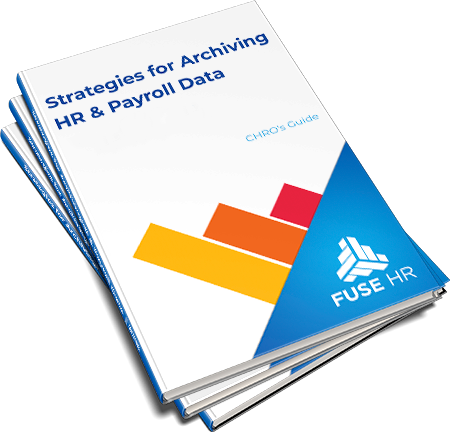Increasing the ROI of Workforce Analytics by Single Sourcing
You’re Limited by Data Collection
Typical analytics pipeline requires you figure out the data you want to analyze, collect that data, analyze it, create a presentation or report from it, and publish. If you want to increase your return on investment (ROI) for your analytics package you want to shorten this cycle as much as possible so you can quickly turn out analytics across your workforce. The problem is that data collection is the long pole in the tent typically.
If you are lucky it’s a SQL query away, but even SQL queries require highly skilled workers to access them. Add to that knowing the underlying data model of the database to find the data you’re after and generally you’ll need someone from IT to pull the data for you. So say IT pulled the data for you and now you present your report, and the management team asks a lot of what if questions. Now you’re back to square one, and have to start all over again, and run back through that exact pipeline all over again with IT creating new SQL queries. Depending on your access to the resources this can take anywhere from weeks to months.
Multiple Sources Creates Additional Pain
It gets even harder when you have multiple sources of data. Maybe your company has merged with a couple of different companies all using different Enterprise Resource Planning (ERP) software or you’ve upgraded over the years and most of the data is still laying around in the old legacy ERP system. Either way not all of the data is in the same place. It can get even harder because the data isn’t aligned on the same dimensions. For example, one system says an employee’s contract is contractor and the other same contingent worker. Now you’ve gone from an afternoon of mastering SQL queries to weeks or months to align data. This can turn into a whole project unto itself just to collect the data.
The difference between a single source and multiple sources is dramatic in terms of level of effort. When the data is kept in a single system you eliminate many errors that you are forced to deal with when the data lives across multiple systems: different access modes, differing data models, merging, duplication, conflicts, out of date data, data quality, dimensional alignment and cardinality, etc. Keeping your data in different systems lowers your ROI by increasing your data collection costs.
[h2title title=”Data Consolidation Leads to Faster Analysis” style=”underline”]
Consolidating your data into a single system makes data collection, cleansing, and data quality much easier. It forces you to resolve conflicts and differences in dimensions immediately upon adding new data to the repository when you are thinking about it. Rather than popping up months later when all you wanted to do is crank out a report. Solving the data collection problems prior to performing analytics means your pipeline turn around is optimized towards analysis. And that means you can perform more analytics quicker increasing your ROI.
Importance of Repeatable Processes
This also creates another benefit which is building a repeatable process for executing analytics. Without a repeatable process analytics will languish and not be performed, or they will only be performed when it’s convenient or critical priority. You are also at risk for burning out the people who understand the manual process costing you the knowledge to create the reports. Analytics means running your business by the numbers, and being consistent in understanding and analyzing those numbers. You cannot do that without a consistent repeatable process that produces quality results.
Skill Gap Lead to an Analysis Gap
If your analysis cycle is very low creating ad-hoc analytics is easy. The ability to browse the data and find interesting trends is much easier when data collection is minimized. But, with HCM and ERP software there is an inherent data collection penalty that cannot be overcome even by single sourcing: SQL. The most common form of data collection will include writing some amount of SQL to get your data. This can be a very daunting for analyst not familiar with SQL, but even those familar writing SQL will find that accessing HCM/ERP systems requires a very highly skilled SQL expert to do it correctly. Tools like Tableau or Periscope won’t help you overcome this skill gap either. That is why we have encapsulated that knowledge into Fuse Analytics so you don’t need to be a relevant SQL and ERP/HCM master to get results. This lowers your skill gap and increases your ability to collect your data and analyze it.
Lowering the effort to perform data collection increases your ROI of your analytics. Be very suspicious of increasing data collection that lowers your time to collect data. Warehousing data in a single system makes it possible to effectively achieve ad-hoc analytics easily. Simplifying your data landscape will make it easier to achieve your workforce analytic’s goal, and be consistent in collection, analysis, and quality by having an easy repeatable process.
Download Our Whitepaper:
